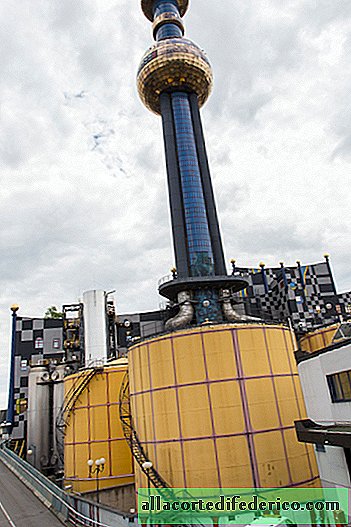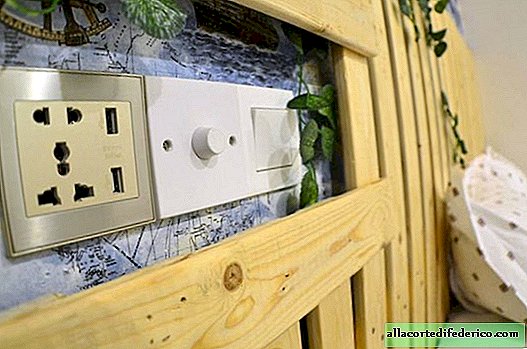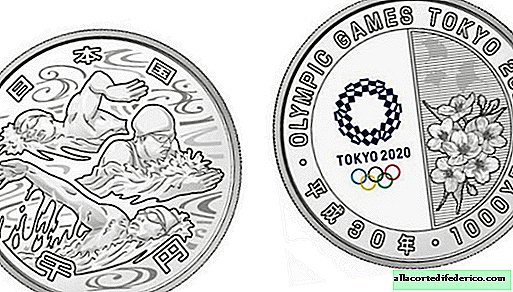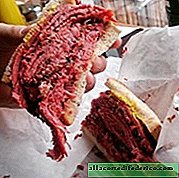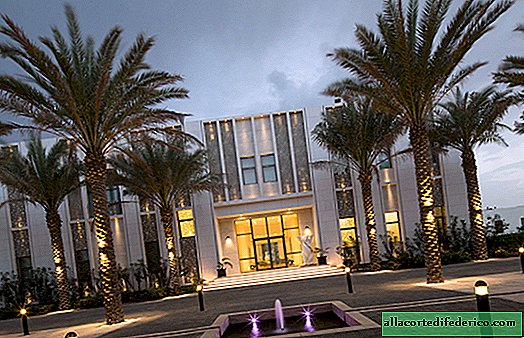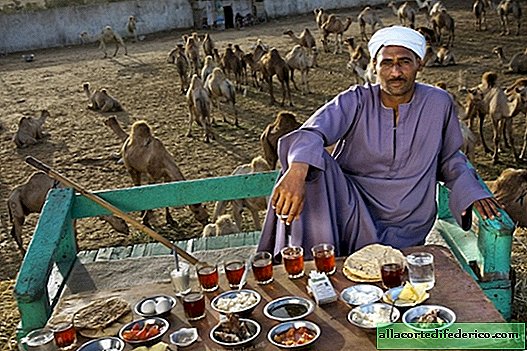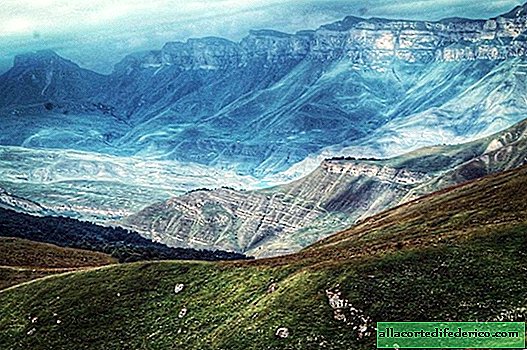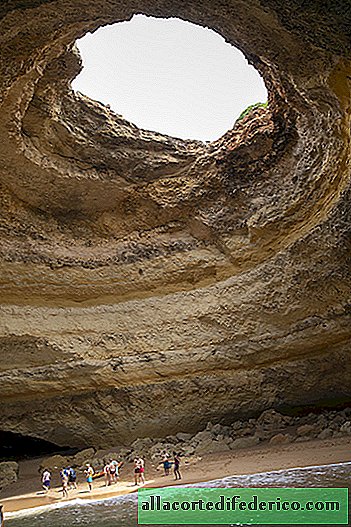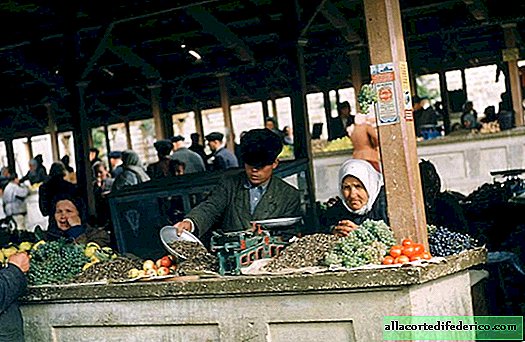Spittelau incinerator - a symbiosis of technology, environmental friendliness and art
Residents of the Austrian capital are more lenient about the lumpy building of the Spittelau waste incinerator, which provides heat to tens of thousands of Vienna houses, than any other Hundertwasser project, a biomorphic residential eco-house. There might not have been a fairytale castle with a tower - the architect did not immediately agree to the design of an important building.
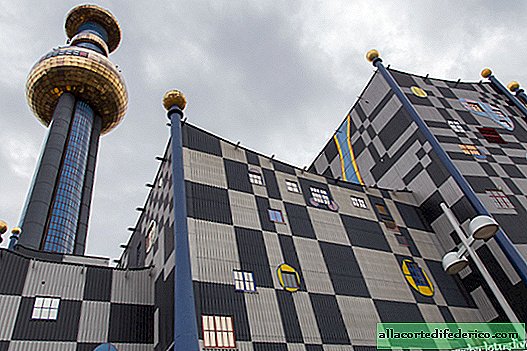
The original project of Spittelau was supposed to solve two problems at the same time: to ensure the recycling of waste and heat supply to the 9th district of Vienna. Already during construction, 1969-1971, discussions were raging about the release of harmful dioxins into the atmosphere. Opposition political parties tried to seize the chance to blame the incumbent mayor for negligence, and the owners of landfills and landfills for the disposal of human waste had their obvious commercial interest in ensuring that garbage is not burnt, and even, in fact, surrounded by municipal buildings and residential buildings. One way or another, Spittelau was completed to provide heat to the city hospital. The original factory building was badly damaged by a fire in 1987, then the mayor of the city, Helmut Zilk, turned to the popular propagandist of ideas on the harmony of nature and architecture Friedensreich Hundertwasser with a proposal to give the new Spittelau a colorful, visually pleasant and, most importantly, environmentally friendly look.
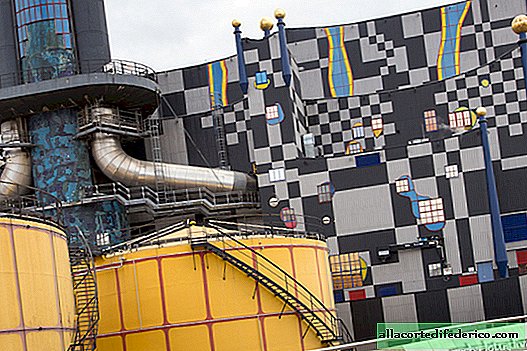
As an ardent opponent of garbage, in principle, Hundertwasser almost without hesitation rejected the mayor's proposal. However, after consulting with environmentalists, the architect revised his decision and agreed to turn the municipal plant into a work of art, but on one condition. The plant should be equipped with the latest technology in order to minimize harmful emissions into the atmosphere.
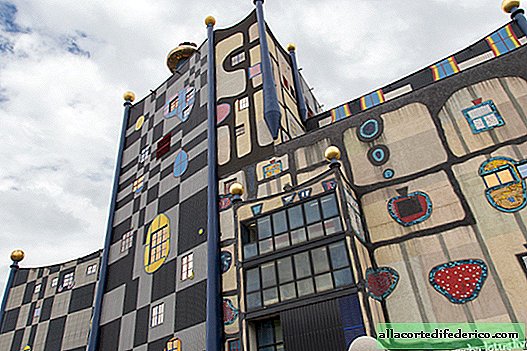
The new project, completed in 1992, used typical building materials: concrete, steel, glass, ceramic tiles and enamel. Having boycotted the generally accepted architectural concepts of straight lines and standardized window sizes, Hundertwasser remained true to his style and beliefs and made Spittelau easily recognizable. The plant is more reminiscent of a fairytale castle, descended from the pages of "Alice in Wonderland" or "The Wizard of the Emerald City." The plastered facade with asymmetrically arranged windows and seemingly randomly scattered decorative elements from broken tiles smoothly gives way to corrugated metal with an arbitrary pattern of a chess cell of completely different sizes and shapes.
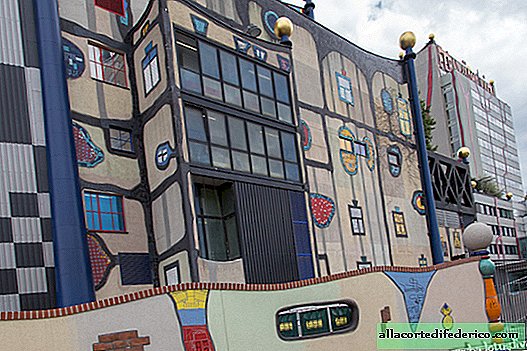
Hundertwasser especially carefully chose the color scheme of the building and the design of individual elements. Each shape and color carries various ideas related to Vienna or the theme of environmental friendliness. Multi-color enameled window frames randomly scattered across the walls of the plant and chimneys symbolize rotating pieces of garbage to give visitors a superficial understanding of the processes that take place inside. Colored windows also characterize both prosperity and wealth, and the stagnation of modern society. Some windows are transparent, others are made of frosted glass - Hundertwasser continues to implement his theory of "freedom of windows", no uniformity and standardization.
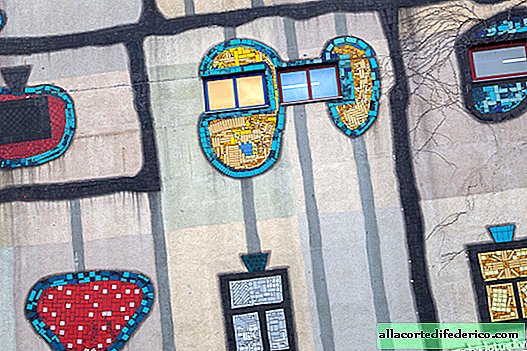
Blue color symbolizes the sky, clean air and clean water, yellow - fire, golden - a bright future, where humanity lives in harmony with nature. It is easy to notice that the blue vertical columns stretching towards the sky at the corners of the building crown the yellow spheres, forming peculiar torches, which, unknowingly, is perceived only as another architect’s quirk, but actually carries a symbolic reference to the process of burning garbage and smoke, fading into the atmosphere.
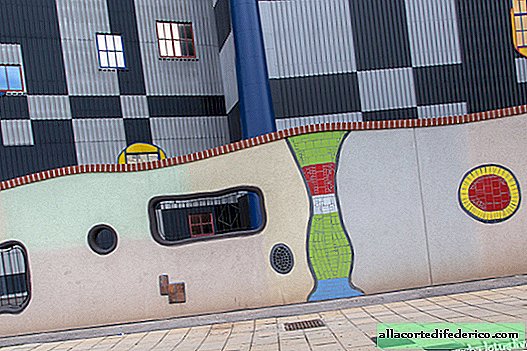
Black and white are typical colors of the Vienna Secession, a creative association of Viennese artists in the late 19th and early 20th centuries. According to Hundertwasser, in the context of the Spittelau project, they represent the contrast between ash, coal and light. In addition, an uneven chess cell is a protest against uniformity in architecture.
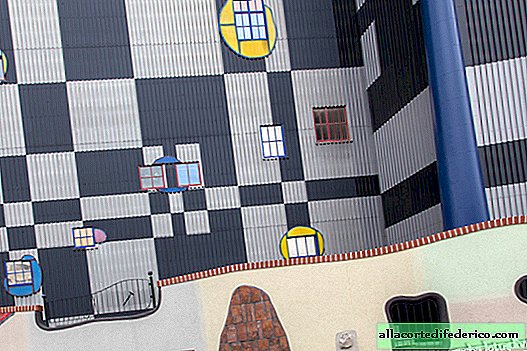
"Einstein said that if the formula is not concise, it is not correct. The exact opposite of the ideals that rationalists and technocrats pray for. Today we are witnessing the triumph of rationalism and the depressed, aggressive and soulless monotony, we constantly face emptiness. Disadvantages especially striking in industrial buildings, sterile, inhuman industrial buildings, where people spend more time than at home. Spittelau, a waste recycling plant is an example of what This means moving away from the impersonal rational architecture from which we all suffer, and being inspired by the creative idea of harmony with nature. This is a manifesto against anonymity in our cities. I know that focusing on the future, it will take a lot of endurance to bring such ideas to life, because they condemned and ridiculed by the current government. "
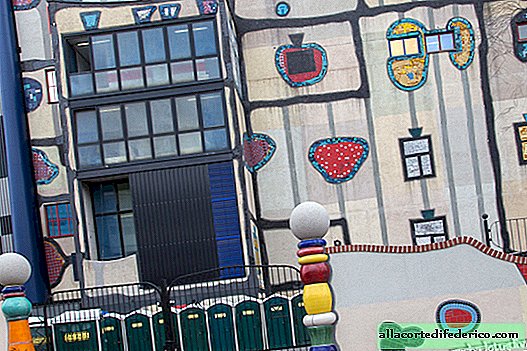
Up to 250,000 tons of garbage per year are processed in Spittelau. The plant is integrated into the city heating system and provides 60 MW of thermal energy for basic needs. In case of peak activity, 5 additional gas and gas-oil boiler tanks were installed, capable of generating another 400 MW of energy. Spittelau provides heat to more than 60,000 houses and municipal institutions in the Austrian capital.
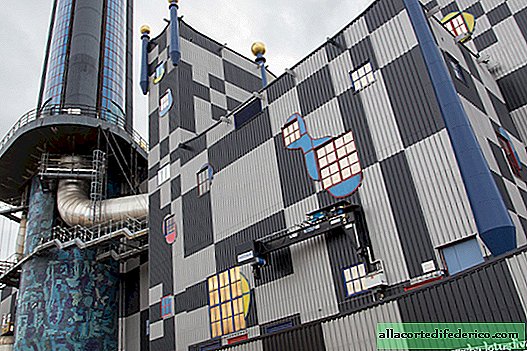
So the Vienna authorities managed to catch several birds with one stone. 1. To provide district heating by locating a waste incineration plant not outside the city, but practically in the neighborhood of residential buildings, saving on pipelines for supplying hot water. 2. By installing cutting-edge flue gas cleaning equipment, minimize dioxin emissions (less than 1 gram per year). 3. Finally, thanks to Hundertwasser to create another attraction for tourists. Particularly curious and enthusiastic about green technologies is to sign up for a tour of the plant, the rest can drive to the metro station of the same name for free and look at Spittelau, which even in cloudy and cloudy weather creates the feeling of a fairy tale.
